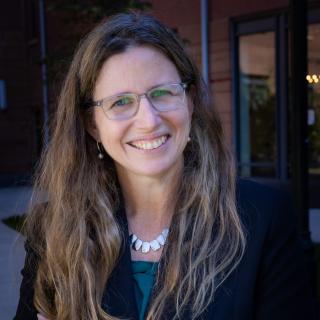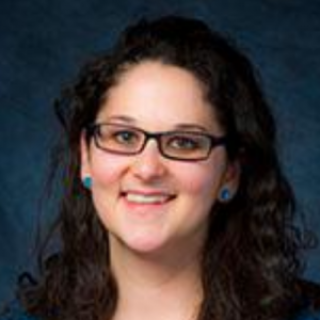Opportunities & Policies for Young Dual Language Learners

July 20, 2018
One of the most significant recent trends in the U.S. education system is that white students are no longer the majority. This trend is mainly driven by growth in both the number and percentage of Hispanic children. The share of Hispanic students among kindergarten children increased from 19 percent in 1998 to 24 percent in 2010 (ECLS-K, Kindergarten Class of 1998–1999 & 2010–2011).
Similarly, about 23 percent of state preschoolers are dual language learners (DLLs) (Friedman-Krauss, et. al, 2018). Research on preschool programs has found that young DLLs benefit strongly from participating in high-quality preschool programs, which makes both access to, and improving the quality of, preschool critical. Download NIEER Special Report
Yet, Hispanics and Hispanic DLLs lag behind their white peers in access to preschool and achievement. Research has shown that high-quality preschool can reduce achievement gaps before children even enter kindergarten. This policy facts addresses the lack of information available on DLLs being served and the policies that support them in state-funded preschool. en español
What We Know:
- About 23 percent of 3- and 4-year-olds are dual language learners (DLLs)
- DLLs benefit strongly from participating in high-quality preschool
- Access to preschool is lower for Hispanic children, and more so for
Hispanic DLL children, than for their white peers - Hispanic DLLs show math and reading gaps twice as large as those of English-speaking Hispanic children at kindergarten entry
- Hispanic children who start kindergarten without speaking English rarely catch up with their English-speaking peers
- Bilingualism provides benefits for children in school and in life
- Most state preschool programs do not report providing comprehensive policies to support DLLs
Policy Recommendations:
- Increase access, outreach and participation in high-quality early childhood education for DLL children
- Identify the number of DLL children in state pre-K and use this for policy decisions such as teacher preparation, curriculum and location of programs
- Screen and assess all children in their home languages
- Communicate with parents in their home languages
- Develop best practice guidelines for supporting DLL children and families and require programs to plan for meeting DLLs’ specific educational needs
- Incorporate best practices for preschool DLLs in pre-service and in-service teacher preparation
- Increase access to bilingual preschool for DLLs and English-only speakers
- Offer pay premiums for bilingual specialist teachers and assistant teachers based on qualifications
- Support partnerships with higher education institutions with specializations
in DLL for P-3
The Authors
Dr. Milagros Nores is the Co-Director for Research and Associate Research Professor at the National Institute for Early Education Research (NIEER). With a profound expertise in early childhood evaluation, informing data-driven policy and programming, cost and benefits of early interventions, evaluation design, equity, and English language learners, she has established herself as a leading researcher in the field of early care and education.
Allison Friedman-Krauss is an Assistant Research Professor at NIEER where she is also the Associate Director for Policy Research and Director of the Infant and Toddler Policy Research Center.
In her work, Dr. Frede applies what she has learned throughout her varied career in early childhood education, including experience as a teacher of ages 0-8, curriculum and professional development specialist at the HighScope Foundation, teacher educator at The College of New Jersey, researcher, pre-k administrator for the New Jersey Department of Education, education lead in a large Head Start grantee and early learning lead at the Bill and Melinda Gates Foundation.


